Key components and functionalities often found in smart exercise bikes
Date: 2023-11-15 Categories: Industry News Hits: 1162
A smart exercise bike is a technologically advanced fitness equipment that combines traditional stationary biking with modern connectivity and features. Here's a description of the key components and functionalities often found in smart exercise bikes:
Built-In Computer and Display: Smart exercise bikes typically come with a built-in computer or console that serves as the central hub for controlling and monitoring your workout. This console often includes an LCD or LED display that shows various metrics such as time elapsed, distance covered, calories burned, and current resistance level.
Connectivity Features: One of the defining characteristics of smart exercise bikes is their connectivity to external devices and online platforms. Many models are equipped with Bluetooth or Wi-Fi capabilities, allowing users to sync their workout data with fitness apps, track their progress, and even participate in virtual cycling classes.
Compatibility with Fitness Apps: Smart exercise bikes often integrate with popular fitness apps such as Peloton, Zwift, or others. This integration allows users to access a library of virtual workouts, join live classes, and compete with others in a virtual environment. The apps may also provide real-time performance metrics and post-workout analytics.
Resistance Control: Smart bikes usually feature electronically controlled resistance systems. This means that users can adjust the level of resistance with precision, either manually or automatically based on a pre-programmed workout or virtual terrain in a connected app.
Interactive Features: To enhance the overall workout experience, smart exercise bikes may include interactive elements. This could involve a touchscreen display for navigating through menus and classes, as well as features like video streaming, audio speakers, or even virtual reality integration for a more immersive ride.
Heart Rate Monitoring: Many smart exercise bikes come with built-in heart rate sensors or are compatible with external heart rate monitors. Monitoring heart rate during workouts can help users optimize their training intensity and track their cardiovascular fitness.
Adjustable Features: To accommodate users of different sizes and preferences, smart exercise bikes often have adjustable seats, handlebars, and sometimes even the option to mimic different riding positions, such as climbing or sprinting.
Data Storage and User Profiles: Smart bikes typically allow users to create profiles, storing individual workout data and preferences. This feature is particularly useful for households with multiple users, as each person can have a personalized workout experience.
Design and Build: In terms of physical design, smart exercise bikes are often sleek and ergonomic, with a sturdy frame to support intense workouts. The materials used are typically durable to withstand regular use.
In summary, a smart exercise bike combines the benefits of traditional stationary cycling with advanced technology, offering users a more interactive, personalized, and connected fitness experience.

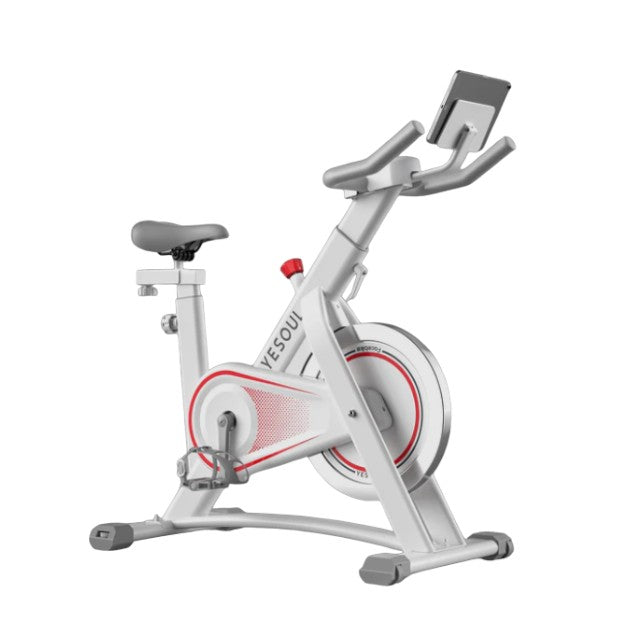 YESOUL A1 Indoor Exercise Bike...
YESOUL A1 Indoor Exercise Bike... 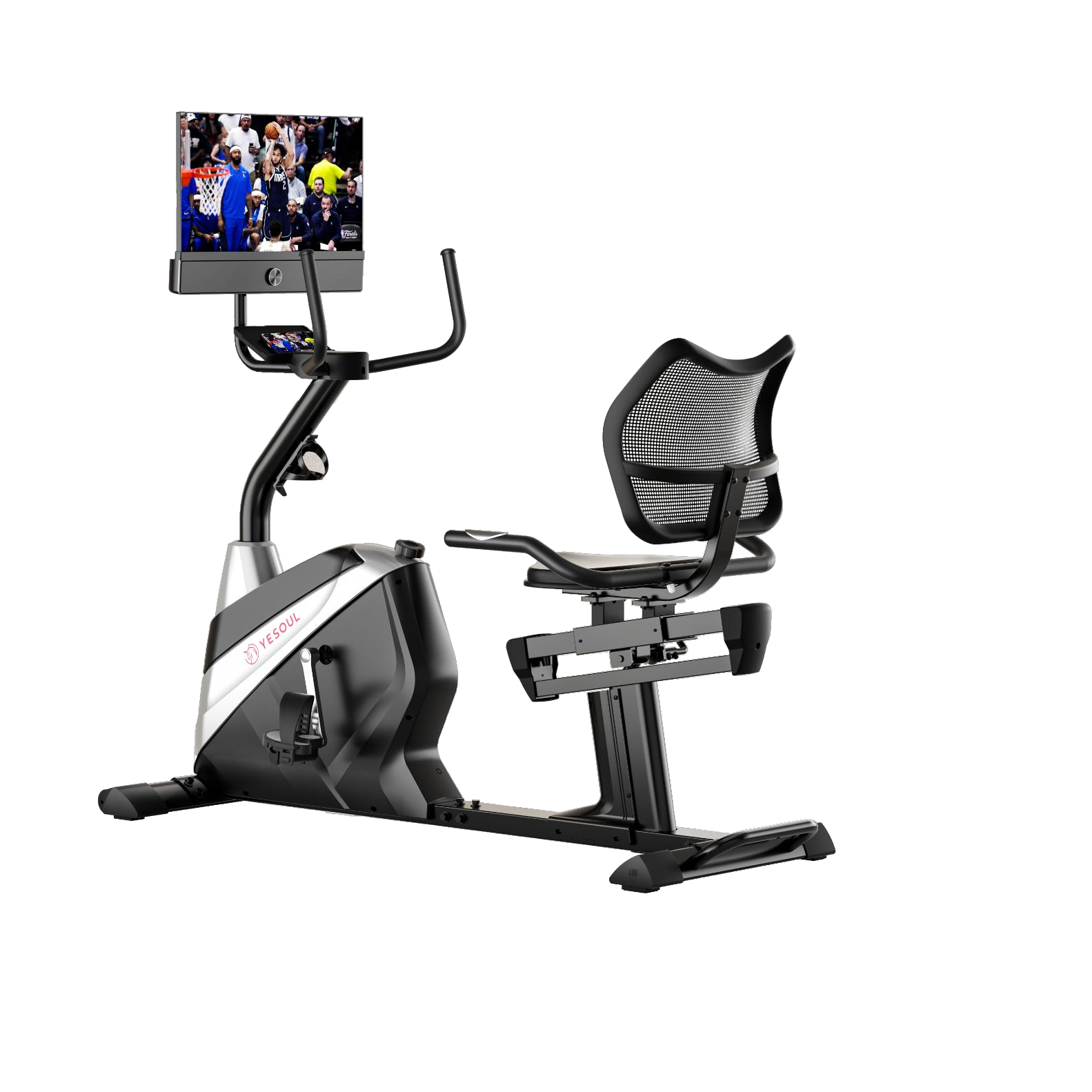 YESOUL J1 PLUS High-end Magnet...
YESOUL J1 PLUS High-end Magnet... 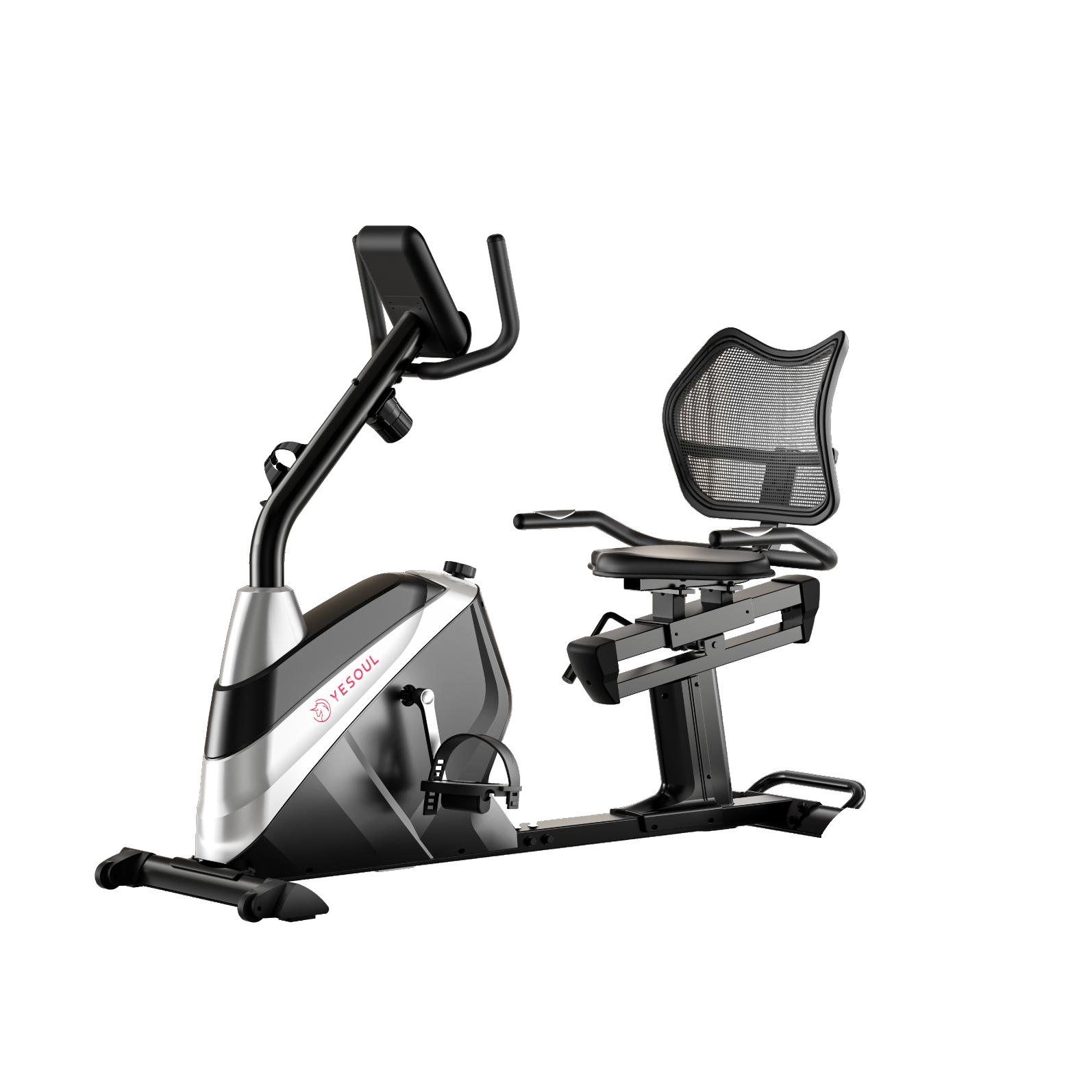 YESOUL J1 Magnetic Recumbent B...
YESOUL J1 Magnetic Recumbent B... 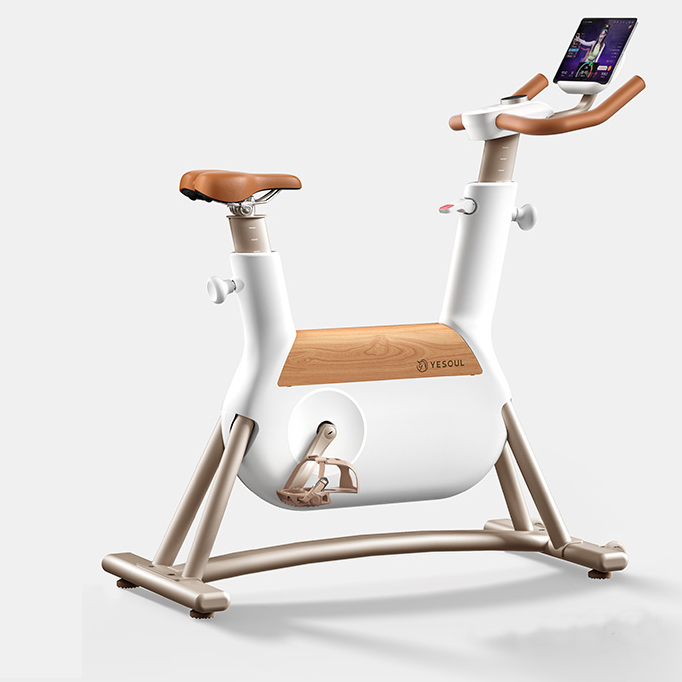 YESOUL R6 Indoor Exercise Bike
YESOUL R6 Indoor Exercise Bike 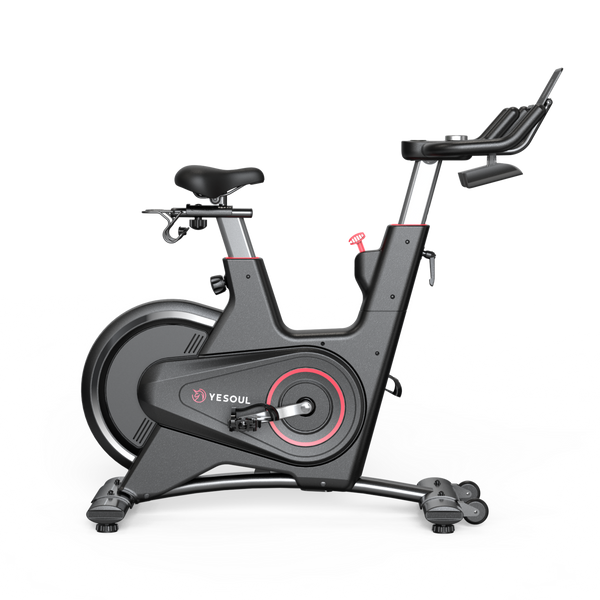 YESOUL V5 Light Commercial Spi...
YESOUL V5 Light Commercial Spi... 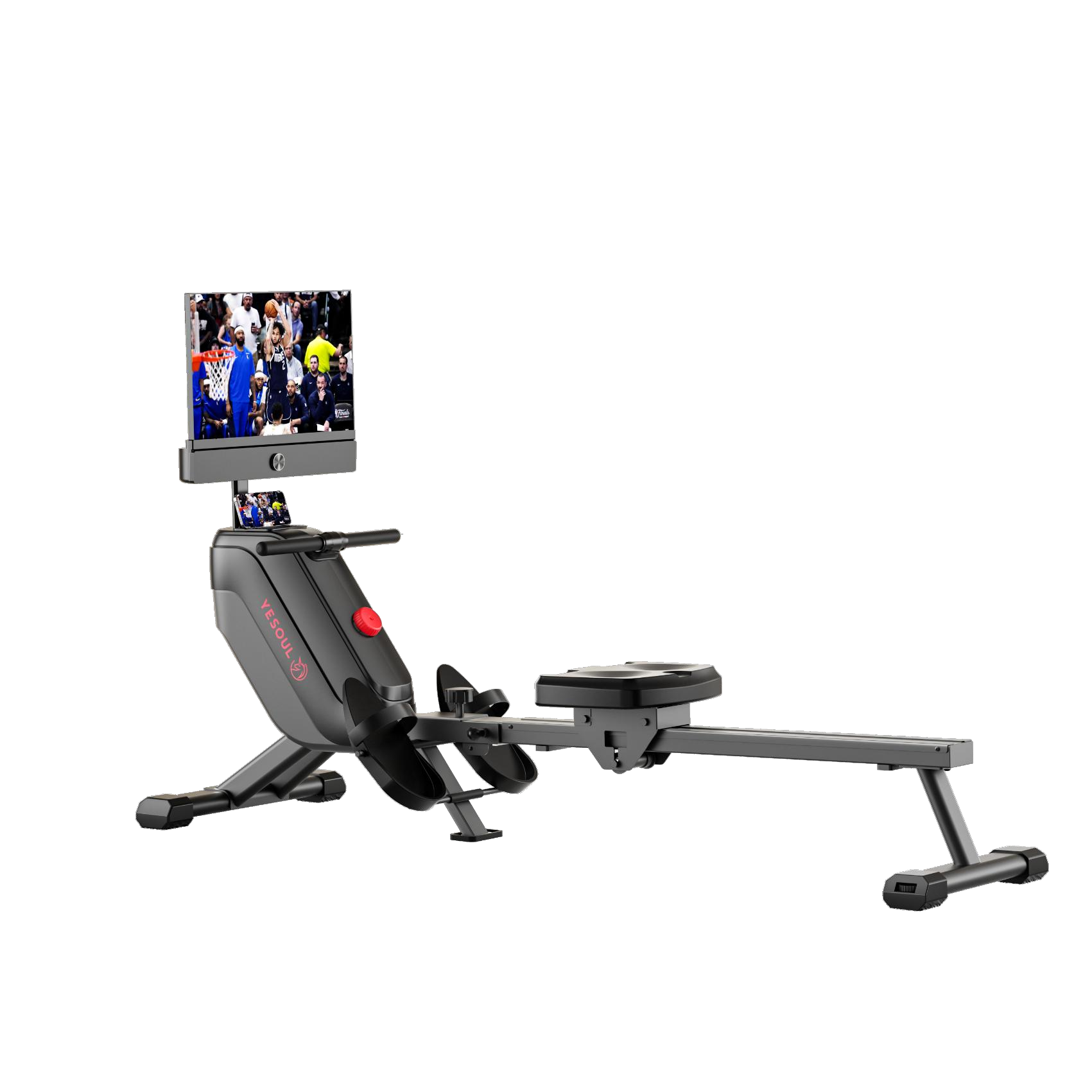 YESOUL R1 Plus Magnetic Quiet ...
YESOUL R1 Plus Magnetic Quiet ... 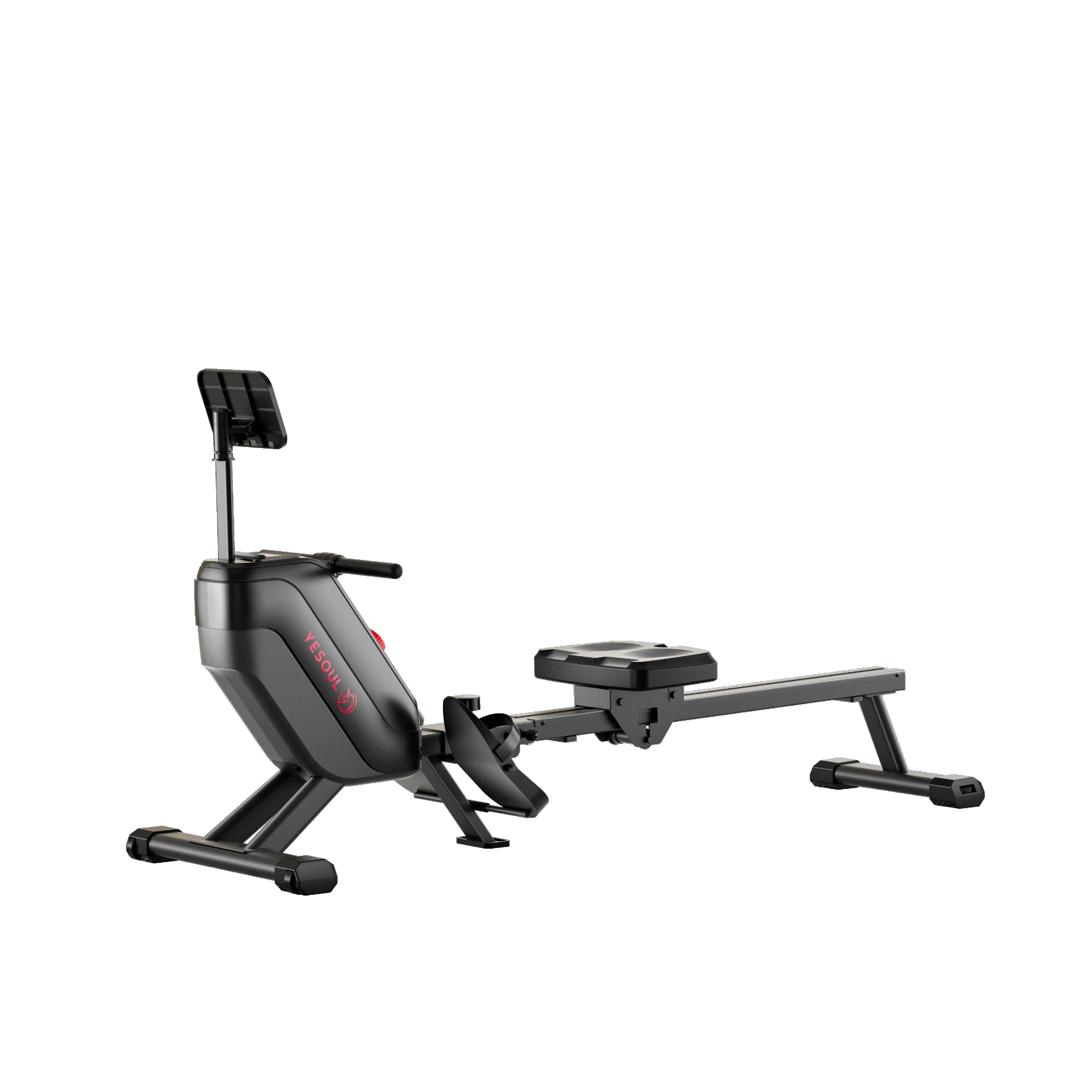 YESOUL R1 Foldable Rower for H...
YESOUL R1 Foldable Rower for H...  Foldable Water Rowing machine
Foldable Water Rowing machine 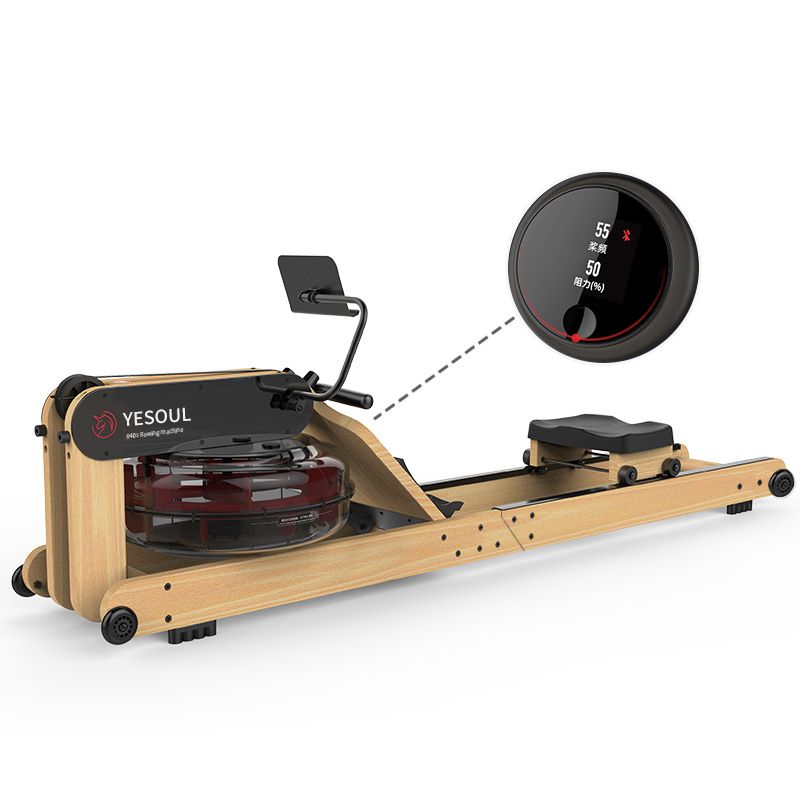 YESOUL R40 Rowing Machine
YESOUL R40 Rowing Machine  YESOUL R30 Rowing Machine
YESOUL R30 Rowing Machine  YESOUL WALKING PAD W2-Pro ( El...
YESOUL WALKING PAD W2-Pro ( El...  YESOUL Treadmill T3 Office
YESOUL Treadmill T3 Office  YESOUL TREADMILL T3 PLUS (21.5...
YESOUL TREADMILL T3 PLUS (21.5...  YESOUL TREADMILL T3-Pro( Elect...
YESOUL TREADMILL T3-Pro( Elect... 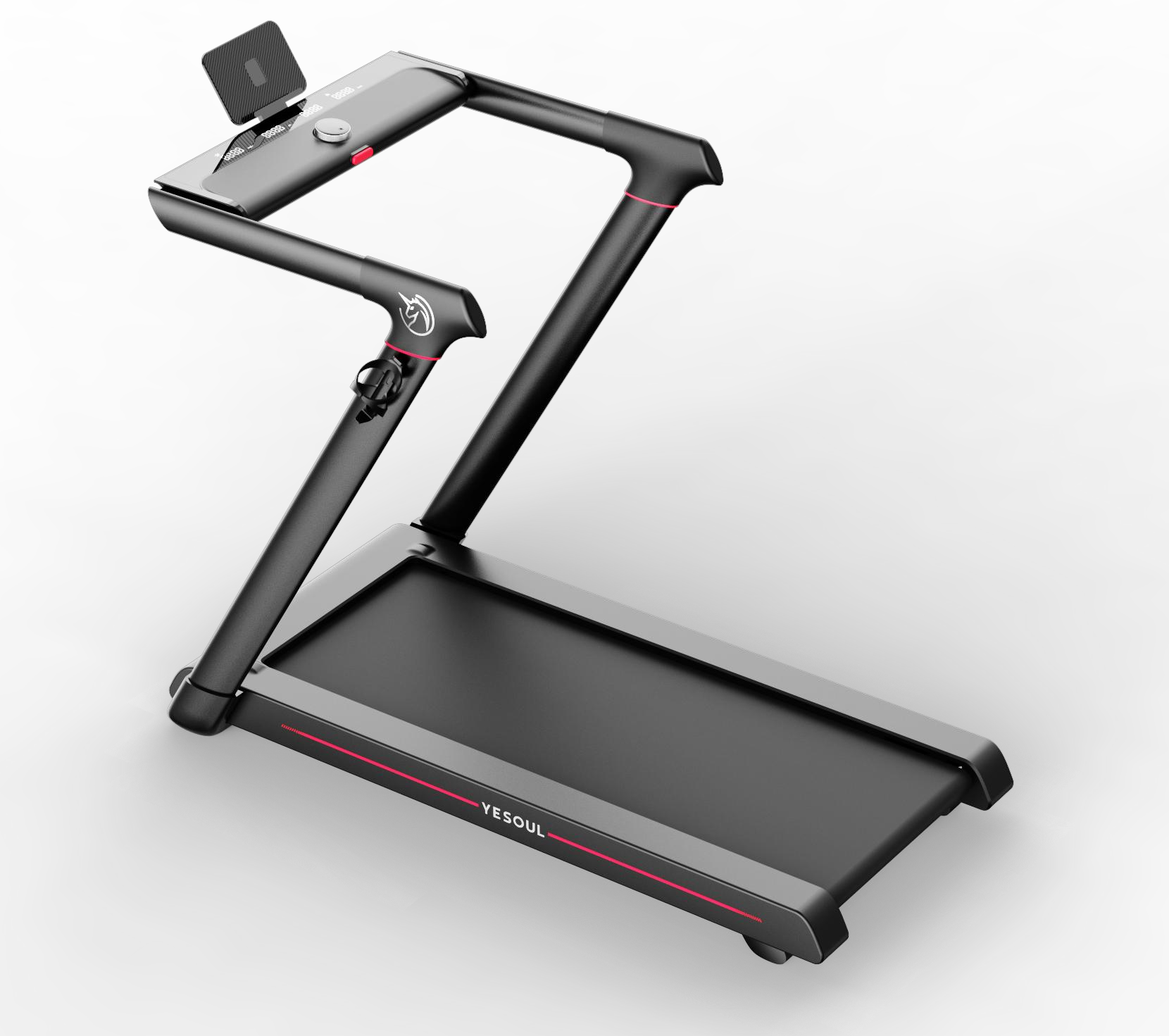 YESOUL Treadmill T3
YESOUL Treadmill T3 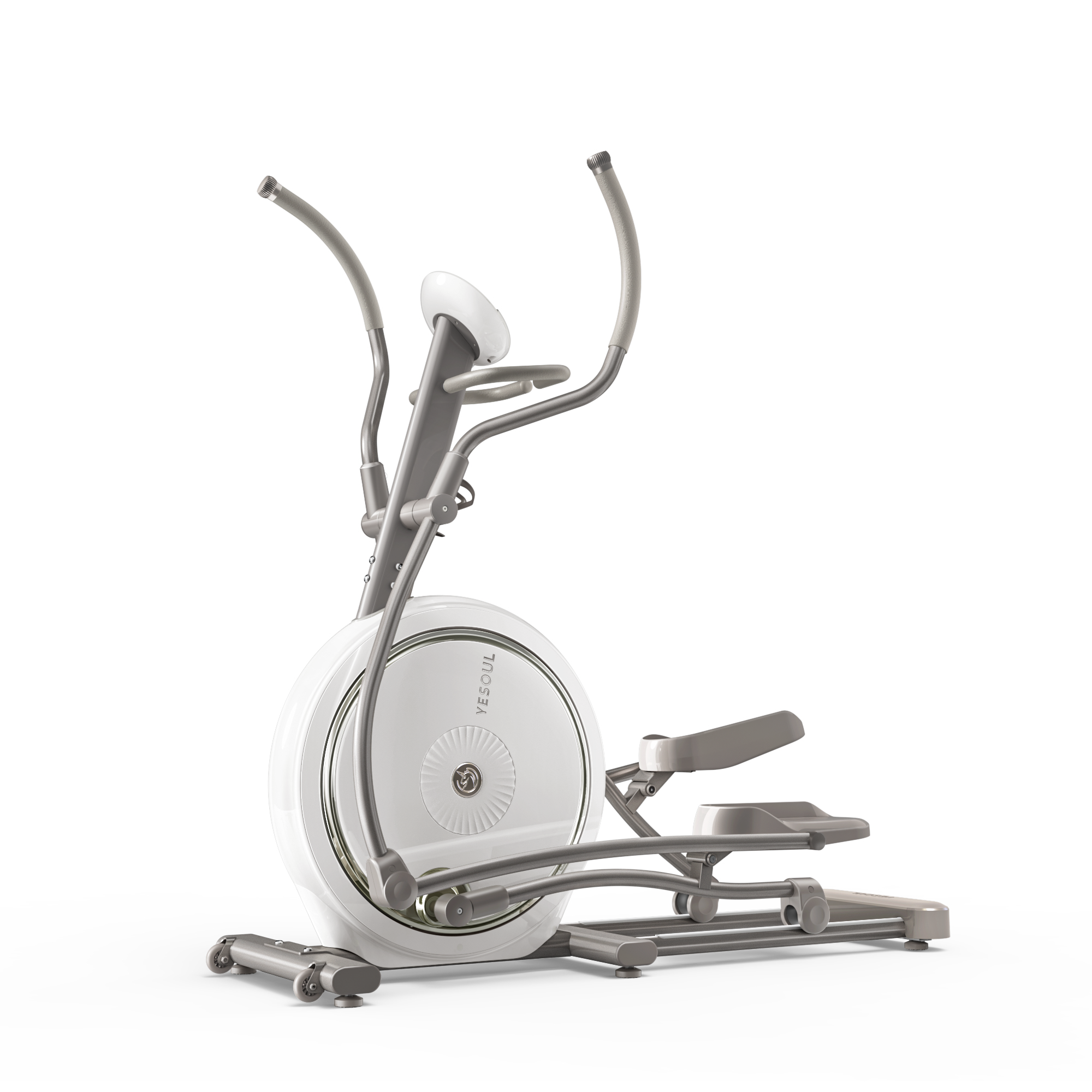 YESOUL ELLIPTICAL E80
YESOUL ELLIPTICAL E80 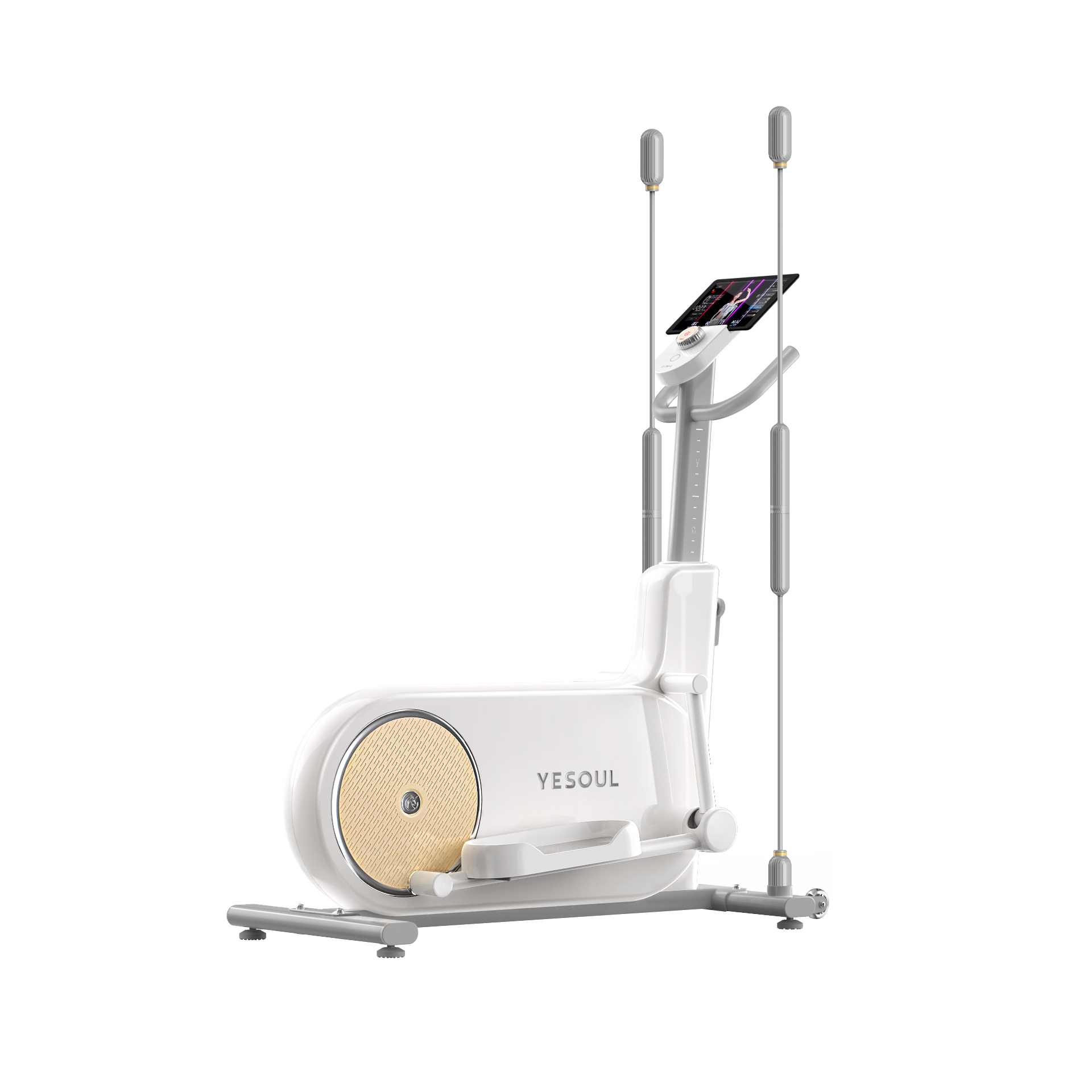 YESOUL EF25 Elliptical
YESOUL EF25 Elliptical 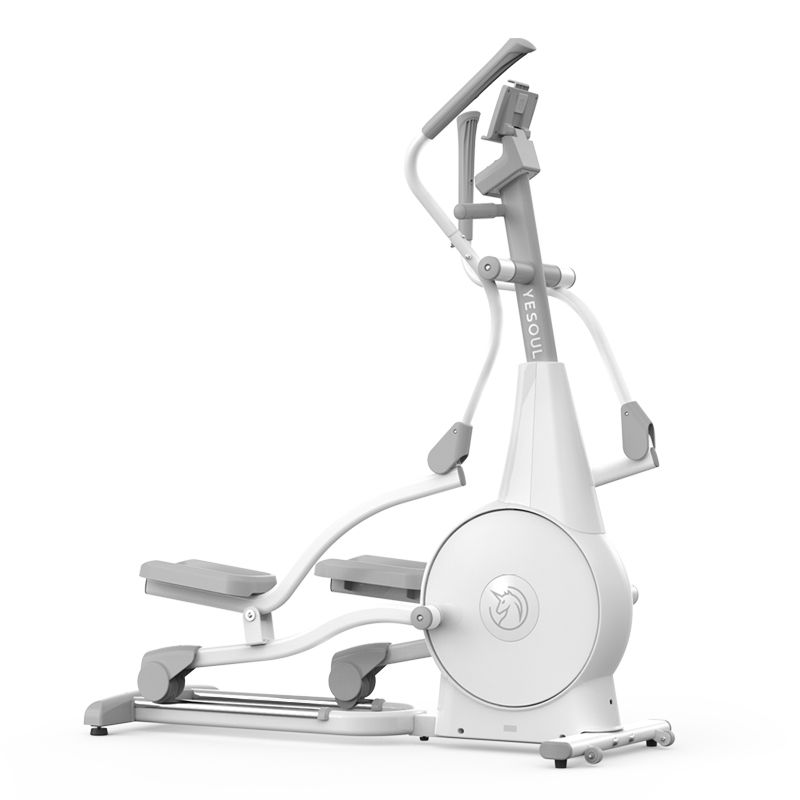 YESOUL E30S Elliptical Machine
YESOUL E30S Elliptical Machine 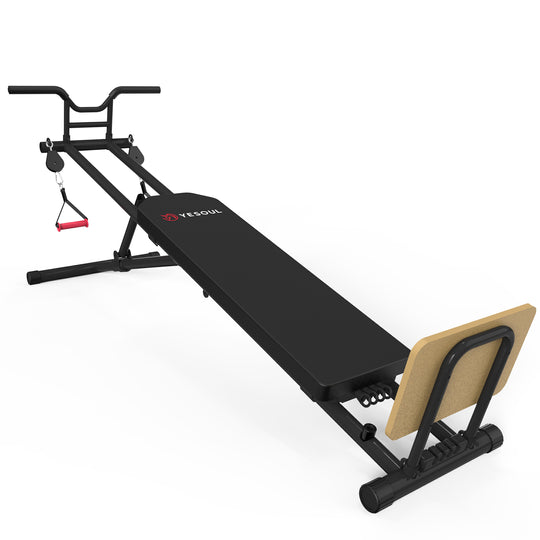 Yesoul Gravity Trainer
Yesoul Gravity Trainer  YESOUL MG 12 Massage gun
YESOUL MG 12 Massage gun  YESOUL MG 16 Hot compress faci...
YESOUL MG 16 Hot compress faci... 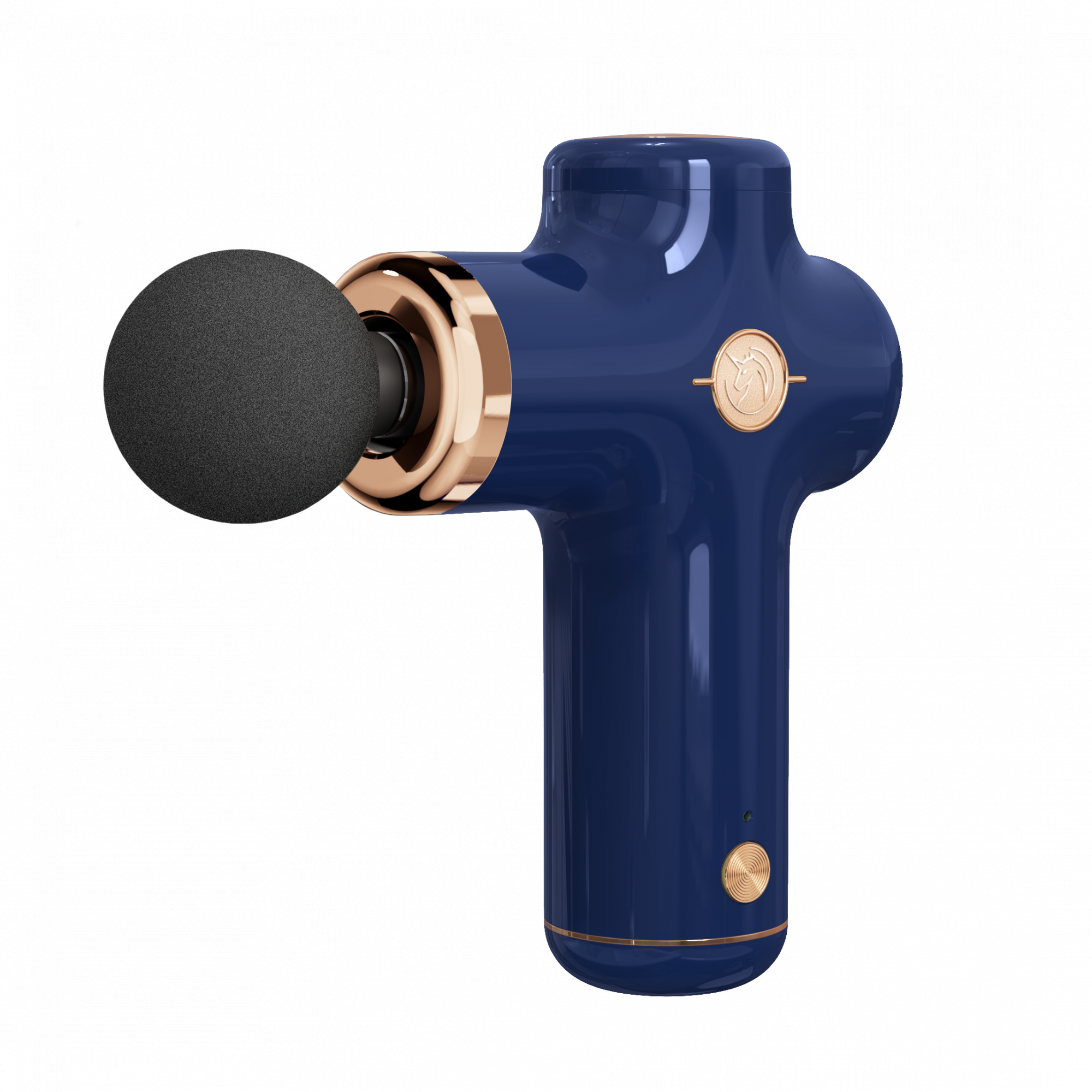 YESOUL MG-11 Massage Gun
YESOUL MG-11 Massage Gun 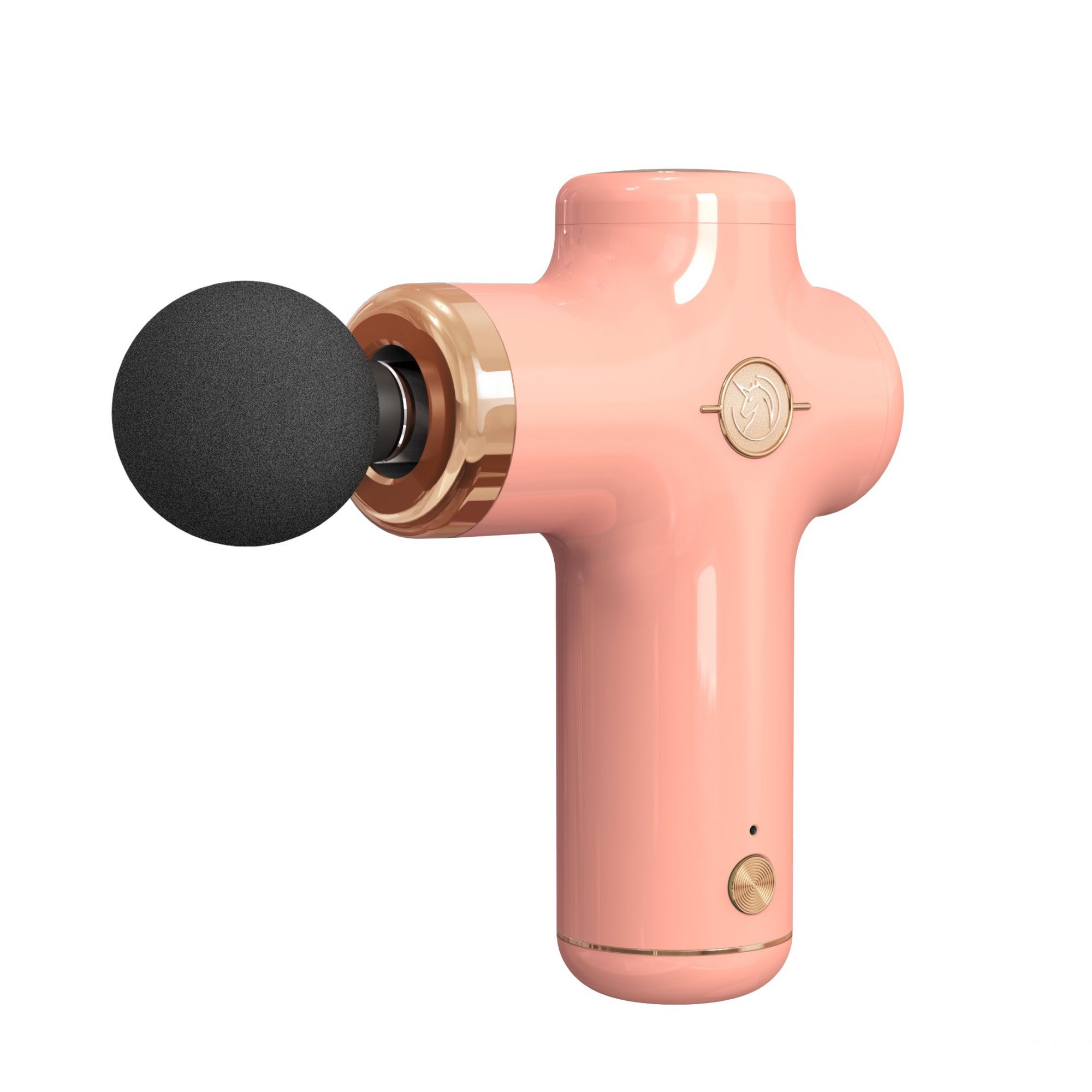 YESOUL MG-11 Massage Gun
YESOUL MG-11 Massage Gun 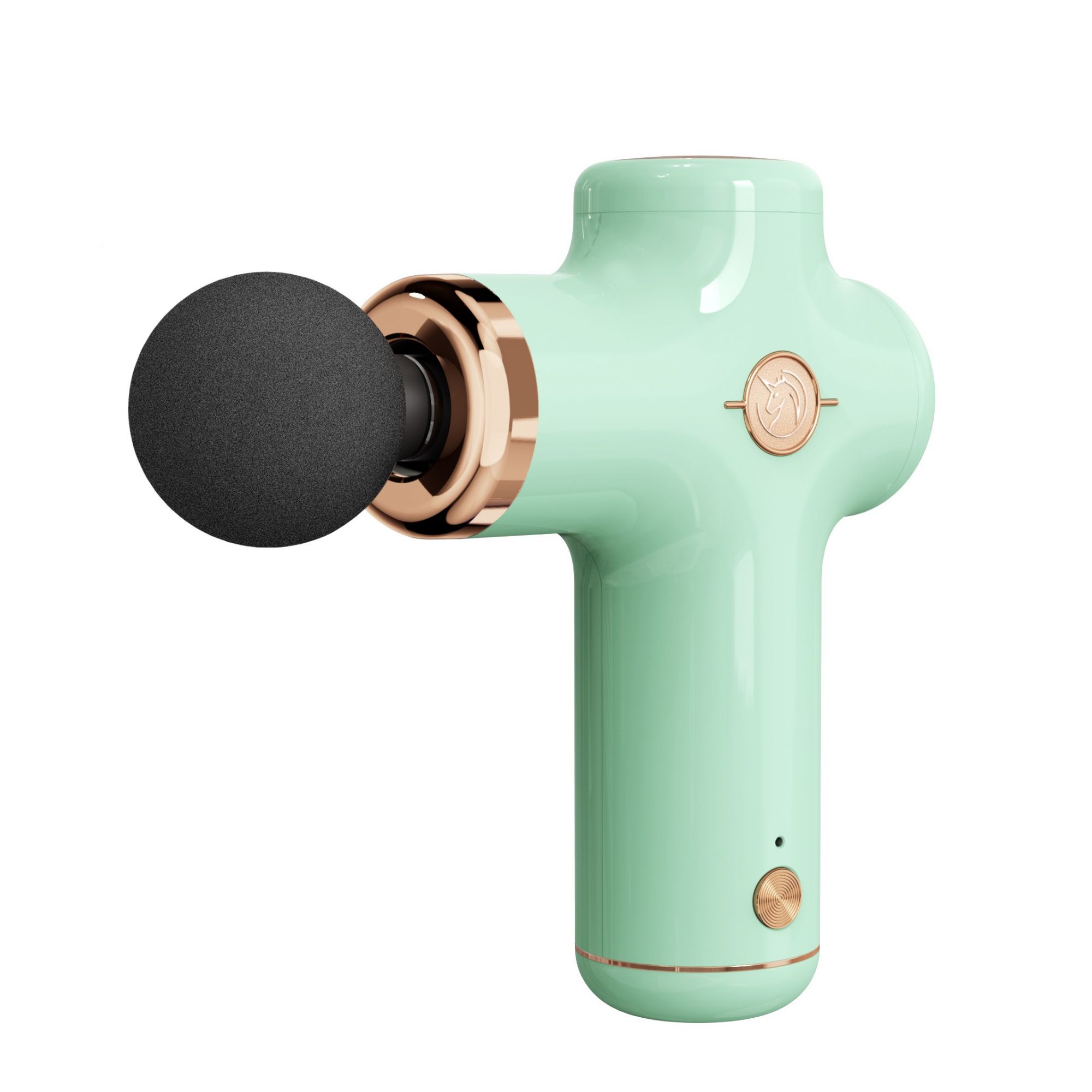 YESOUL MG-11 Massage Gun
YESOUL MG-11 Massage Gun 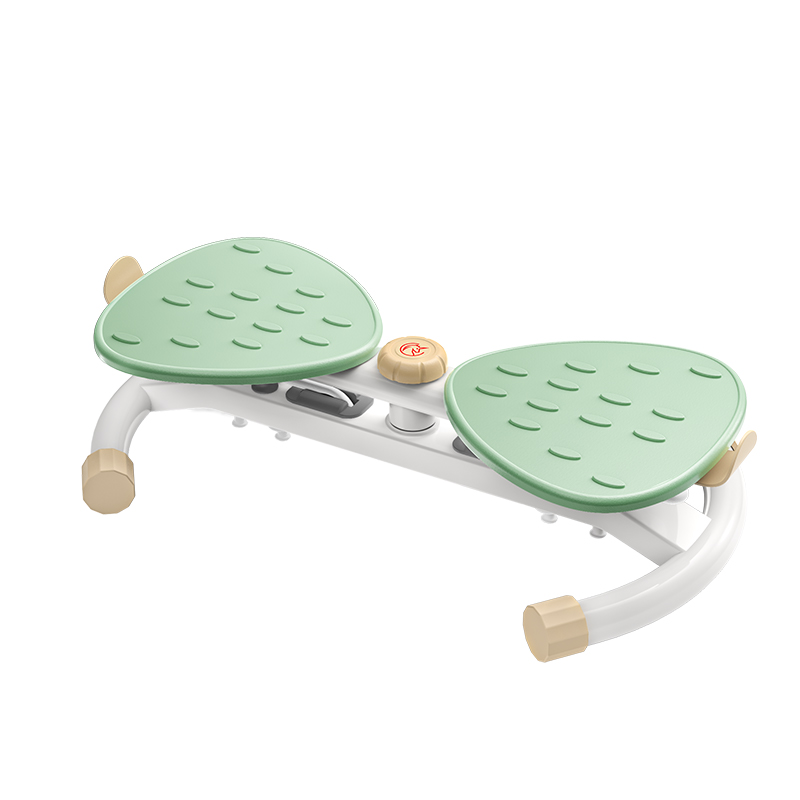 Home Gym Equipment Weight Loss...
Home Gym Equipment Weight Loss...  Ab Workout Equipment Adjustabl...
Ab Workout Equipment Adjustabl...  Exercise Bike Elliptical pad
Exercise Bike Elliptical pad 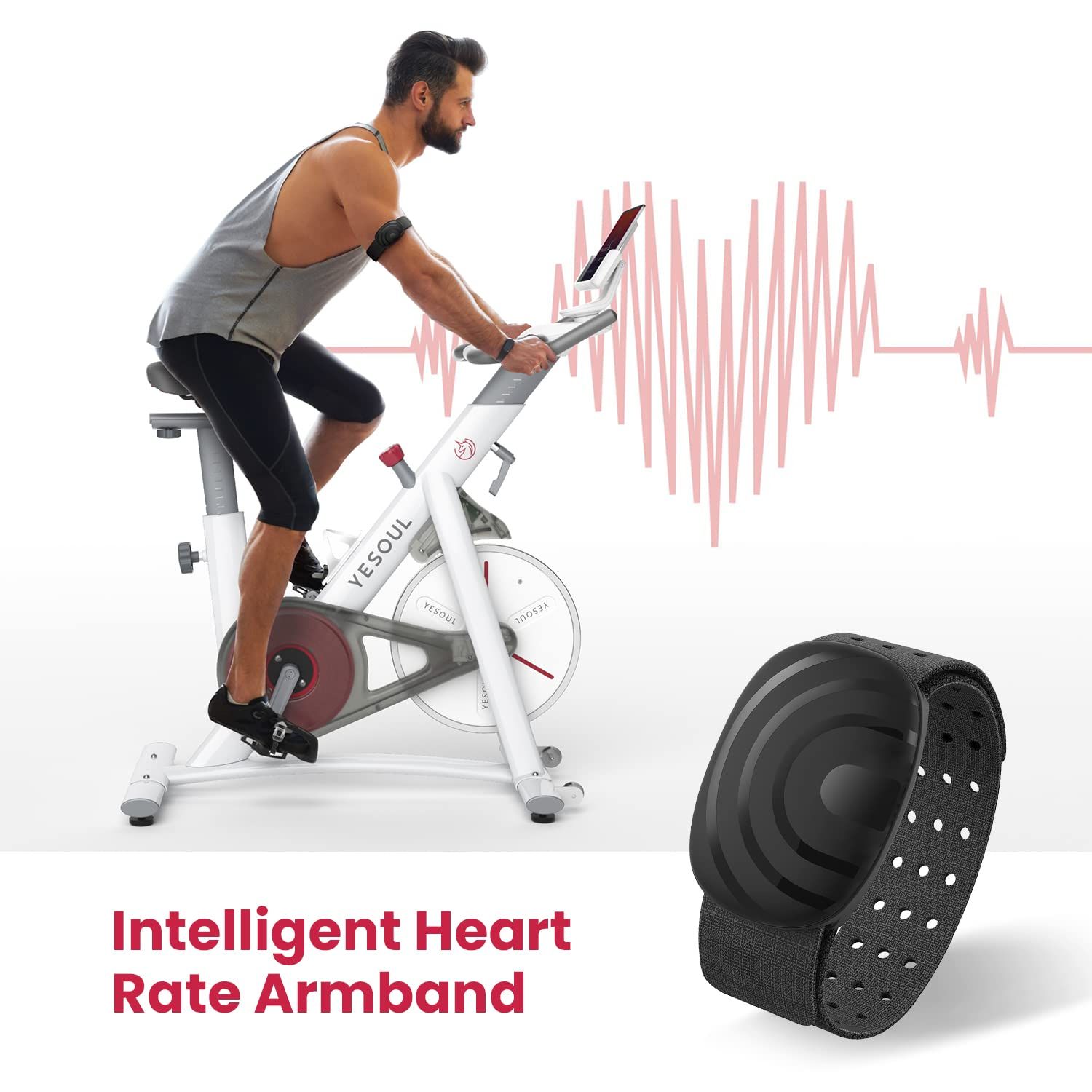 HEART RATE ARMBAND
HEART RATE ARMBAND  RIDING APPAREL
RIDING APPAREL